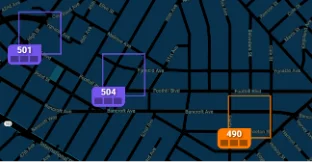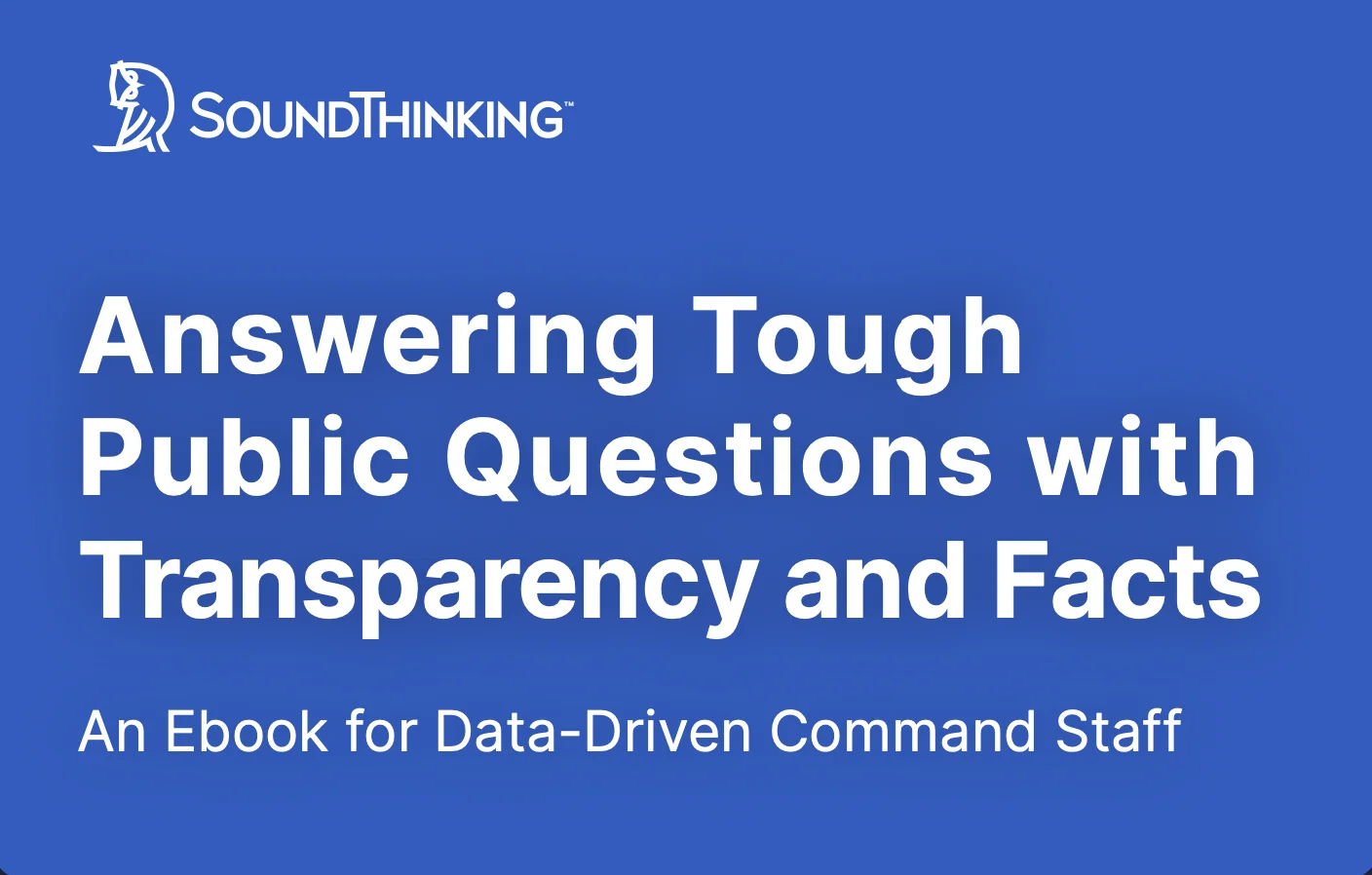This is largely due to the increase in using data to identify problems and direct preventative efforts. Introducing science in the form of evidence-based policing has proven more effective at reducing crime and improving community safety than traditional methods. While significant progress has been made, we still have a ways to go. In this blog, we’ll review common patrol tactics from the past to the present (such as hotspot policing and hotspot analysis) and why directed patrols are the best option moving forward.
Randomized Patrols
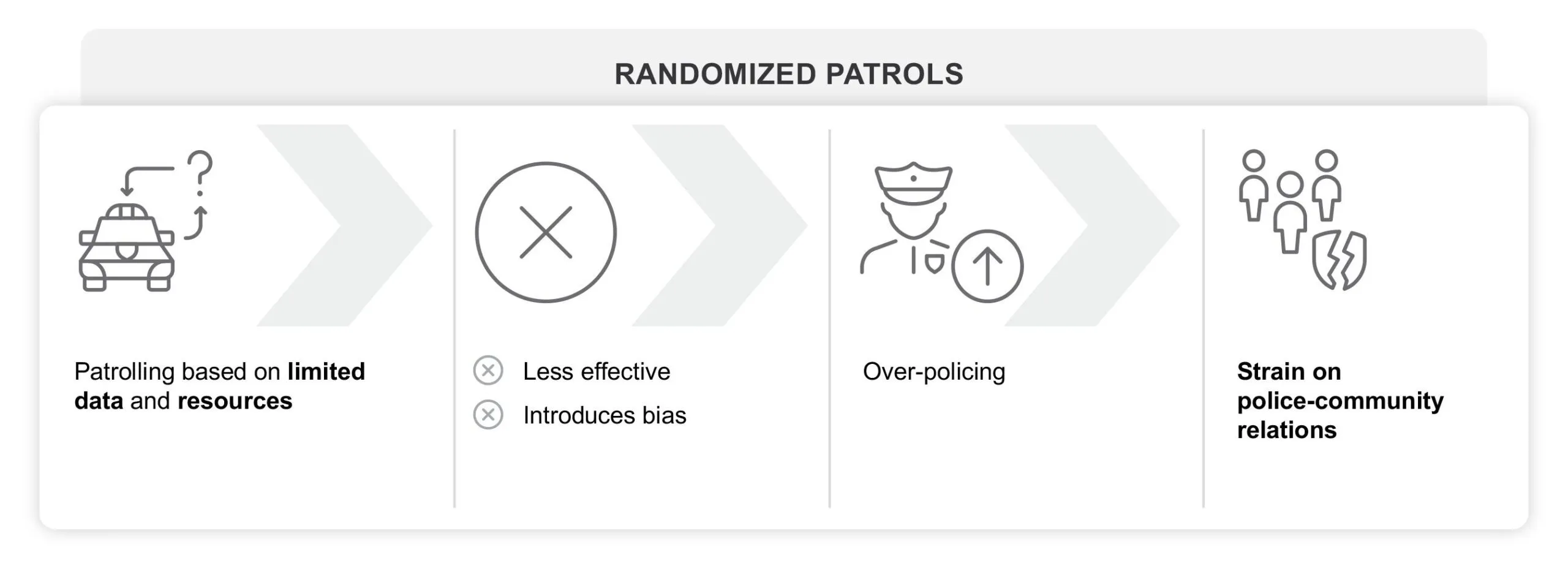
For most of the twentieth century, technology was limited, and many agencies lacked even simple technologies like computers. As a result, police relied on the limited resources they did have and focused on more gut-based or reactive patrolling. This is sometimes referred to as randomized patrols. This type of policing, based on intuition rather than data, oftentimes introduced bias, resulting in the appearance of over-policing and strain on police-community relations.
Hotspot Analysis and Hotspot Policing
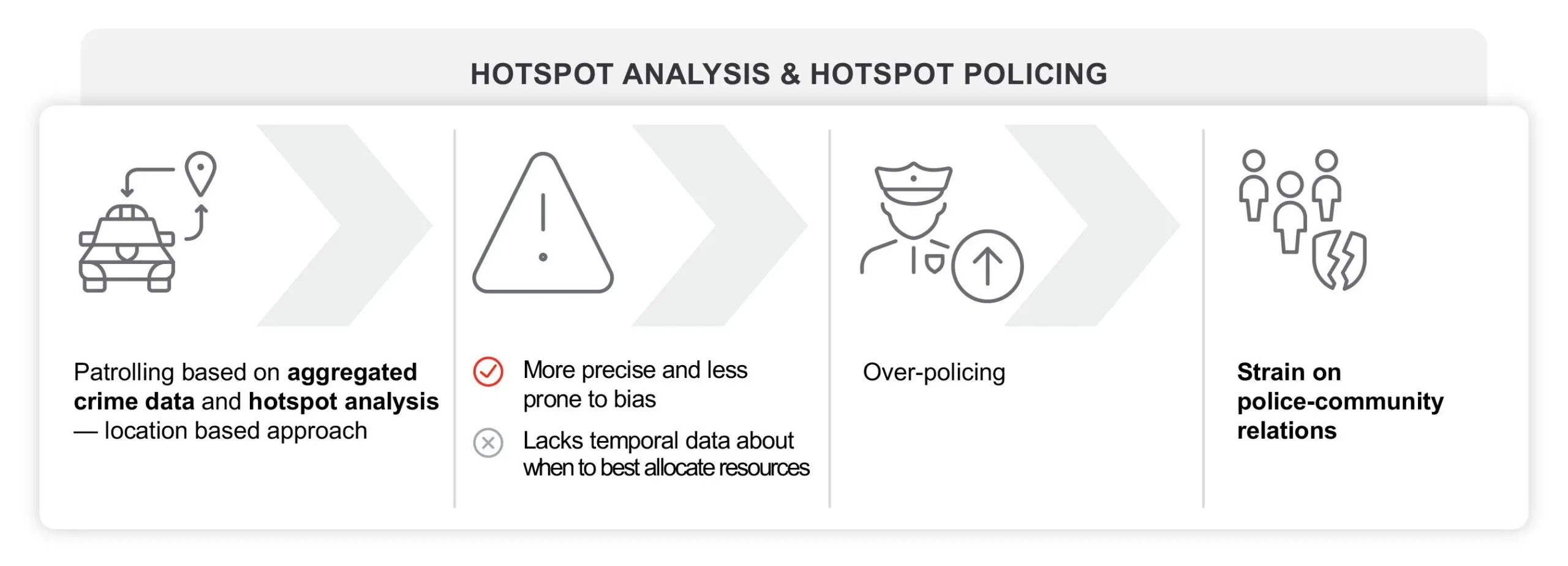
Hotspot analysis, which increased in popularity toward the end of the twentieth century, refers to the process of aggregating crime data and creating hot spots to direct police patrols. Hotspot policing, then, is the output, or the response, to the results of hotspot analysis.
An important characteristic of hotspot policing, and a notable evolution from the days of randomized patrolling, is that it takes a location-based approach rather than a person-focused approach. Research in Minneapolis in the 1980s demonstrated that 60 percent of crime occurs in 6 percent of places, suggesting that a location-based approach is more precise and less prone to bias.
However, while hotspot analysis and hotspot policing are certainly an improvement from the reactive methodologies we saw in previous decades, it has several shortcomings. For example, hotspot analysis is not dynamic, often relies on months-old data, and lacks temporal data, which can have detrimental consequences. For example, data may indicate that a liquor store at a particular intersection shows a sharp increase in crime around 11 pm on certain nights of the week, which provides critical information about when to best allocate resources. Without that information, police may end up spending way too much time in certain areas (such as patrolling that liquor store at 6 pm, when there isn’t a need), contributing to that same harmful sense of over-policing that proves so detrimental in the relationship between police and community
Directed Patrol and ResourceRouter™
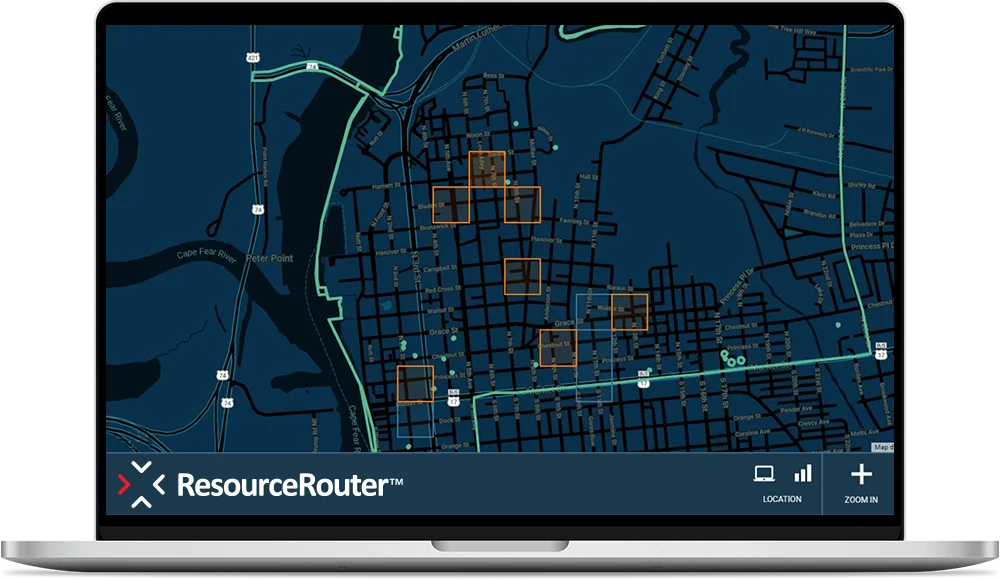
Directed patrol simply means adding visible patrols—whether in vehicles or on foot—when and where crime is expected. The underlying idea is that would-be criminals will be deterred by the sight of a patrol car, a theory tested in what is now known as the Koper Curve.
ResourceRouter, a patrol management and analyst tool, automates the planning of directed patrols across the entire jurisdiction, multiple times daily, taking both spatial and temporal variables into account. With ResourceRouter, analysts and supervisors can review pre-generated directed patrol assignments that ensure officers are at the right place at the right time to maximize crime prevention while also guarding against over and under-policing. Pre-patrol briefings provide situational awareness to officers and recommend appropriate patrol tactics, facilitating optimal outcomes even with limited staffing and resources. Furthermore, crime analysts leveraging ResourceRouter can tremendously reduce the time spent per week preparing manual analysis and devote those extra hours to value-added investigative and strategic activities instead.
With ResourceRouter, agencies are better able to direct officers to the locations that present a risk, at the time they are needed most, ultimately reducing patrol gaps while building community trust and confidence. Furthermore, ResourceRouter has protections in place to help establish impartiality when determining where patrols are conducted. These include intelligently metering patrol assignments, using objective, non-crime data, and using data that does not use any personally identifiable information to determine where patrols should be assigned.
The Law Enforcement Landscape Today
In the wake of understaffing and record-high crime levels, police agencies across the country are looking at how to accomplish their tasks more efficiently and effectively while simultaneously improving police-community relations. ResourceRouter is a force-multiplying technology that helps departments, small and large, maximize their limited patrol and analyst resources for optimal impact while keeping their communities safe.


